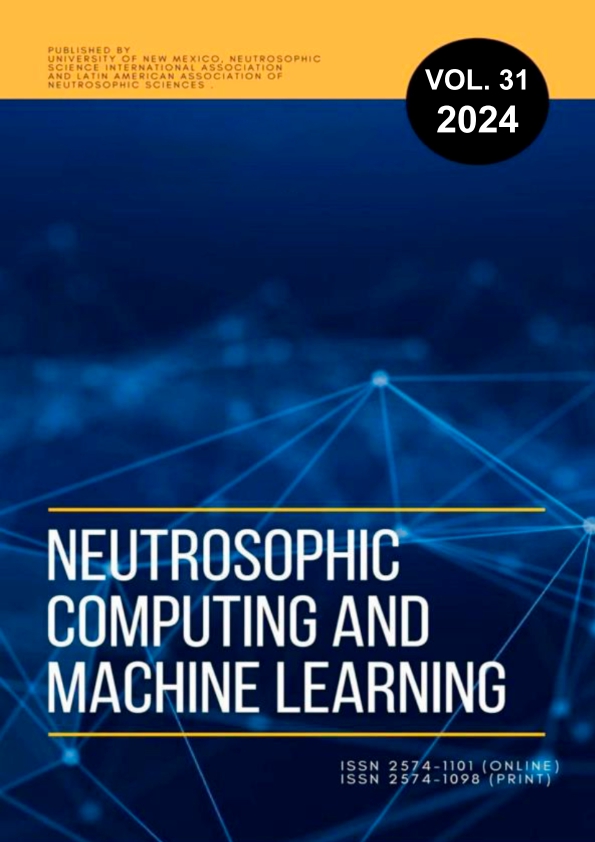Neutrosophic method for the classification of factors associated with fear and anxiety in the dental office in children
Main Article Content
Abstract
Dental fear and anxiety are psychological problems of unknown and multifactorial origin that many people, especially pediatric patients, suffer from, making them a considerable challenge when providing quality dental care. The objective of this research is to develop a neutrosophic method for the classification of factors associated with fear and anxiety in dental consultations in children. To verify the fidelity of the proposed method, a survey was carried out with 107 students from the Jorge Icaza Educational Unit. Results: of a total of 78 responses, 32% of the children have visited the dentist more than three times, 62.9% go to the dentist for tooth pain, 60% feel anxious and fearful before visiting the dentist, 33.3% have severe anxiety and fear, 40.5% have fear of the injection, 38.1% are unaware of the onset of dental fear, 38.1% feel palpitations during the dental consultation, 48 % feel afraid during treatment and 47.6% have more anxiety with a dental cleaning.
Downloads
Article Details

This work is licensed under a Creative Commons Attribution 4.0 International License.

